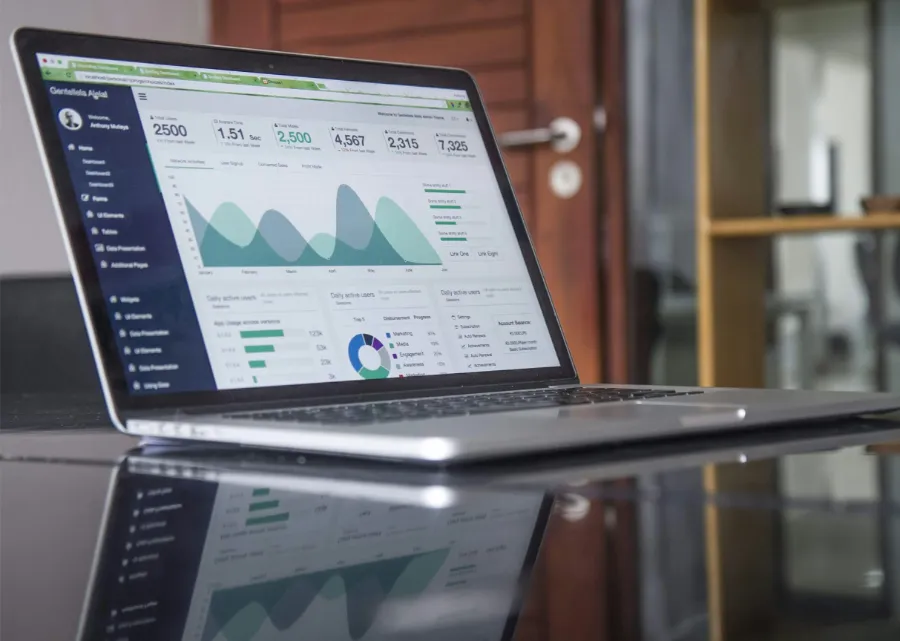Lazy loading images is a smart strategy to optimize your website's performance. By loading images only when they are needed (such as when they enter the viewport), you reduce initial page load times and save bandwidth. This leads to faster page rendering and a smoother user experience, especially on devices with slower connections.
What is Lazy Loading?
Lazy loading is a technique that defers the loading of non-essential resources at the time of page load. Images, videos, and iframes can be loaded only when they are about to be viewed by the user. This helps in reducing the initial load time and conserves bandwidth for users.
Benefits of Lazy Loading
- Improved Load Times: By loading images only when needed, you reduce the initial page load time, making your site faster.
- Bandwidth Savings: Users only download the content they actually view, saving bandwidth and improving performance on slower connections.
- Better User Experience: Faster load times and smoother browsing lead to a better user experience, reducing bounce rates and keeping users engaged.
Implementing Lazy Loading
Implementing lazy loading can be done using JavaScript libraries or by leveraging native browser support. Here are a few methods to get started:
- Native Lazy Loading: Use the
loading="lazy"attribute on images and iframes. This is the easiest method and is supported by modern browsers. - JavaScript Libraries: Utilize libraries like lazysizes to handle lazy loading for older browsers and provide additional functionality.
- Intersection Observer API: This JavaScript API allows you to create custom lazy loading logic by detecting when elements enter the viewport.
Best Practices
When implementing lazy loading, consider the following best practices:
- Ensure a placeholder or low-quality image is displayed while the actual image is loading to avoid layout shifts.
- Test lazy loading on various devices and network conditions to ensure it works smoothly.
- Combine lazy loading with other performance optimization techniques like image compression and responsive images for the best results.
By incorporating lazy loading into your website, you can significantly improve its performance and provide a faster, more efficient experience for your users.



